This 'Bug' Has Religious Roots to Its Intriguing Name
According to legend, pests were destroying crops, so farmers began praying for help. Lo and behold ... these began to show up in the fields, and the crops were saved. Hence their name ... find out the whole story behind their name, and gain a new appreciation of these helpers.

STORY AT-A-GLANCE
- Who doesn’t love ladybugs? They’re fascinating to study, and they serve as a natural form of agricultural pest control
- An intriguing fact about ladybugs is that the “lady” portion of their name is a reference to the Virgin Mary
- Most ladybug species are plant-friendly, eating thousands of aphids and other pests during their lifetime. However, a few species eat plants and are pests themselves
Editor's Note: This article is a reprint. It was originally published June 26, 2015.
Who doesn’t love ladybugs? They’re fascinating to study, and they serve as a natural form of agricultural pest control.
An intriguing fact about ladybugs is that the “lady” portion of their name is a reference to the Virgin Mary.
Most ladybug species are plant-friendly, eating thousands of aphids and other pests during their lifetime. However, a few species eat plants and are pests themselves.
10 Fascinating Facts About Ladybugs
-
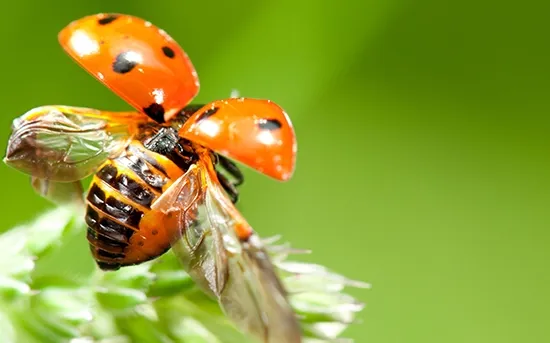
Ladybugs are missing several key characteristics of true bugs, including beak-like mouthparts. They also go through a larval stage, unlike bugs.
The average life span of a ladybug is 2 to 3 years. They grow to 0.3 to 0.4 inches, which is about one-third to one-half the length of a regular-size paper clip. -
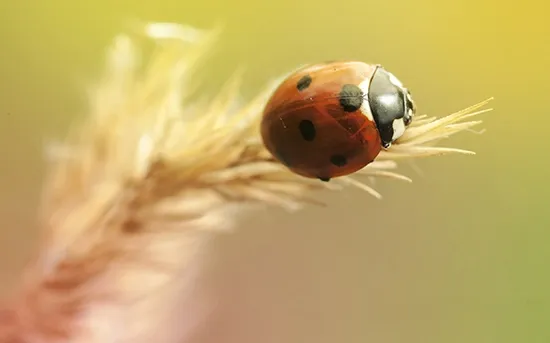
The farmers believed the black and red beetles were sent by the Virgin Mary, and so they began calling them lady beetles. The ladybug’s red color is thought to represent Mary’s cloak, and the black spots represent her sorrows. -
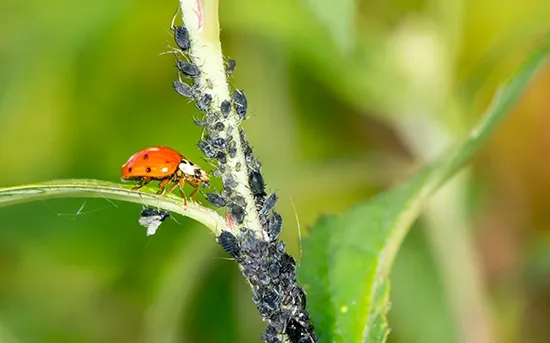
The clusters of eggs include both infertile and fertile eggs. It is thought that the infertile eggs provide a source of food for the larvae that hatch from the fertile eggs. When they hatch, the larvae also immediately begin feeding on aphids.
An adult ladybug can eat 50 aphids a day, and over the course of its lifetime can consume up to 5,000 aphids. -
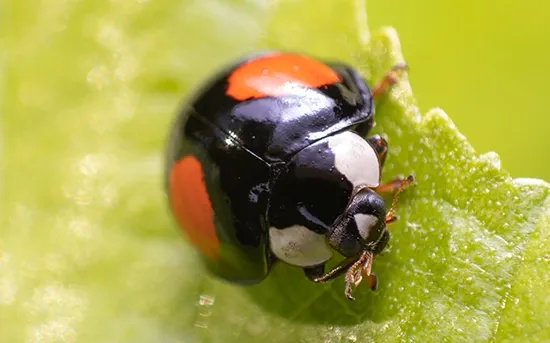
-
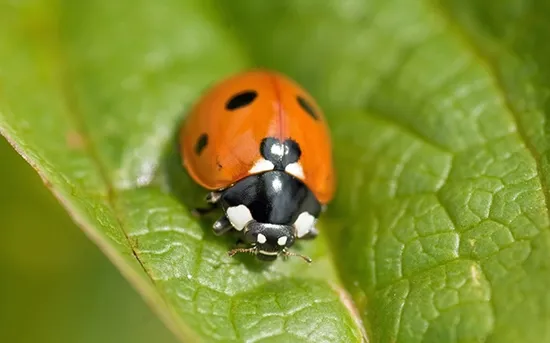
Their coloring is thought to serve as a reminder to predators that they taste disgusting. -
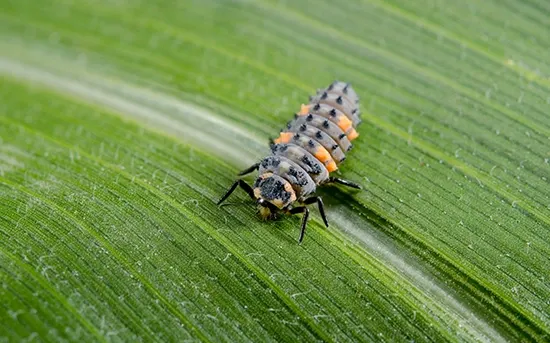
-
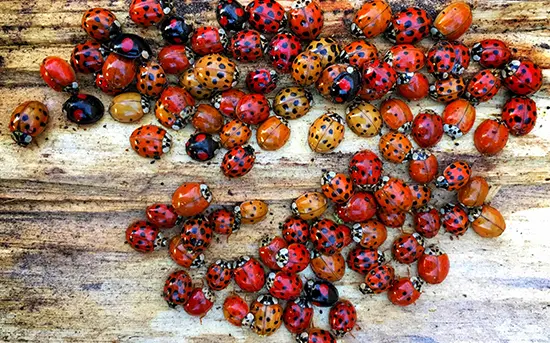
The Asian multicolored ladybug prefers to move right into people’s houses for the winter. And the species known as the convergent ladybug is known to gather in the mountains in such large numbers they can be scooped up by the bucket. -
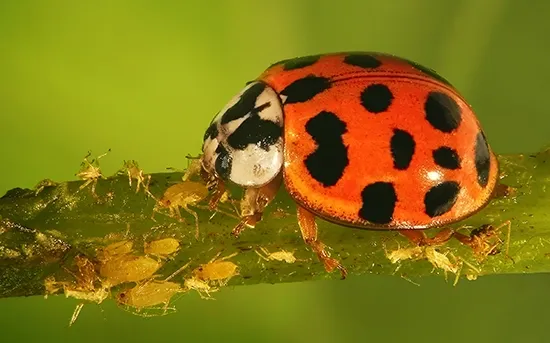
Ladybugs can usually be found on milkweed, broccoli, and other plants that attract aphids. Once they eat all the aphids on a plant, they move on to the next plant. -
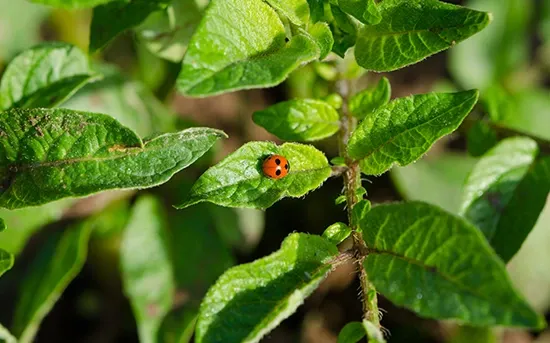
-
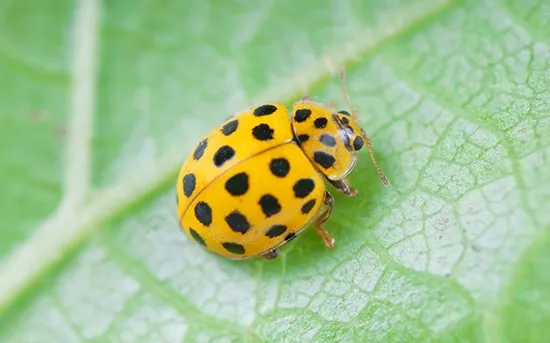
Sources and References
- Today I Found Out
- Canadian Geographic
- About.com
- National Geographic
- Wikipedia











